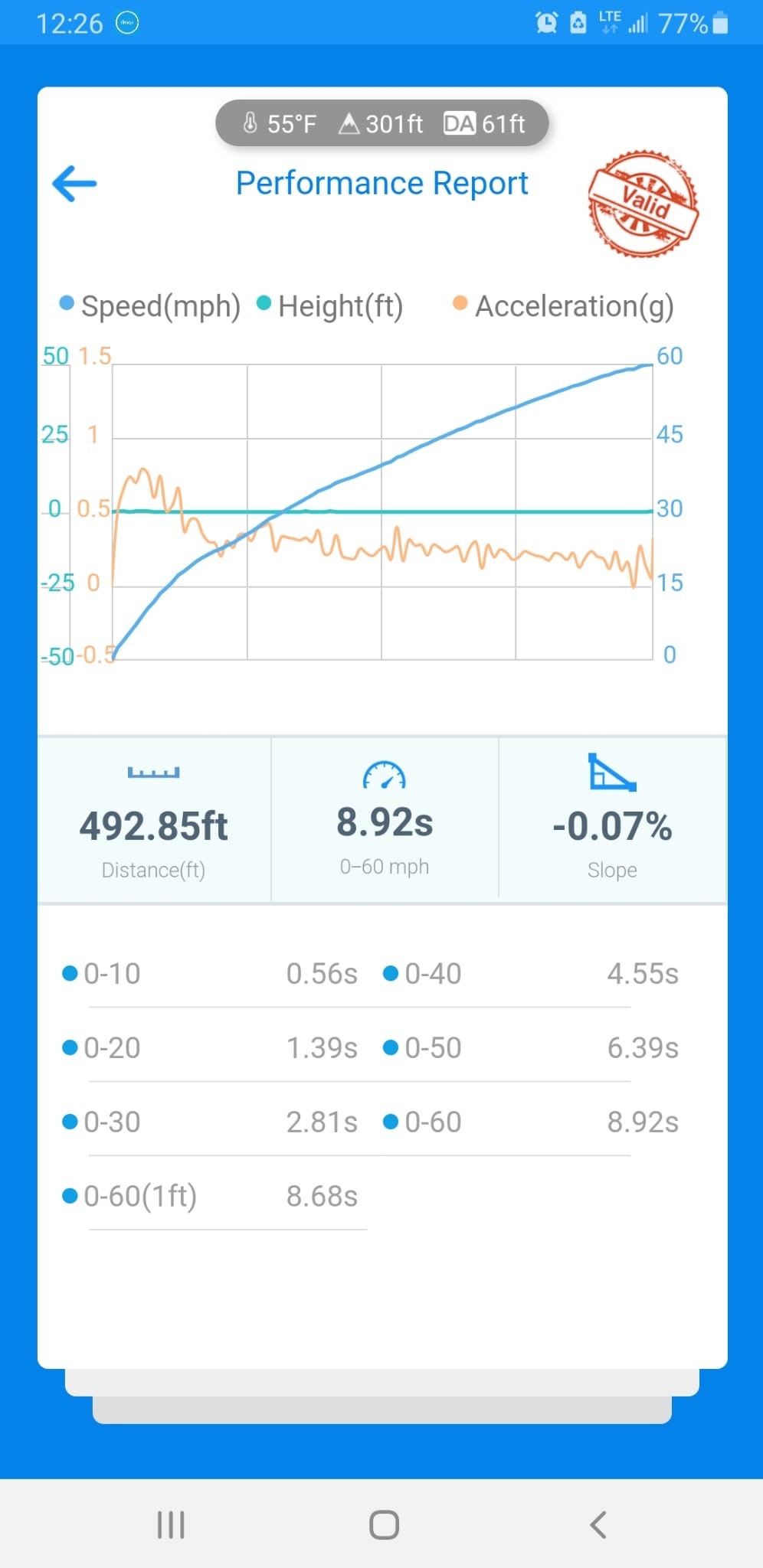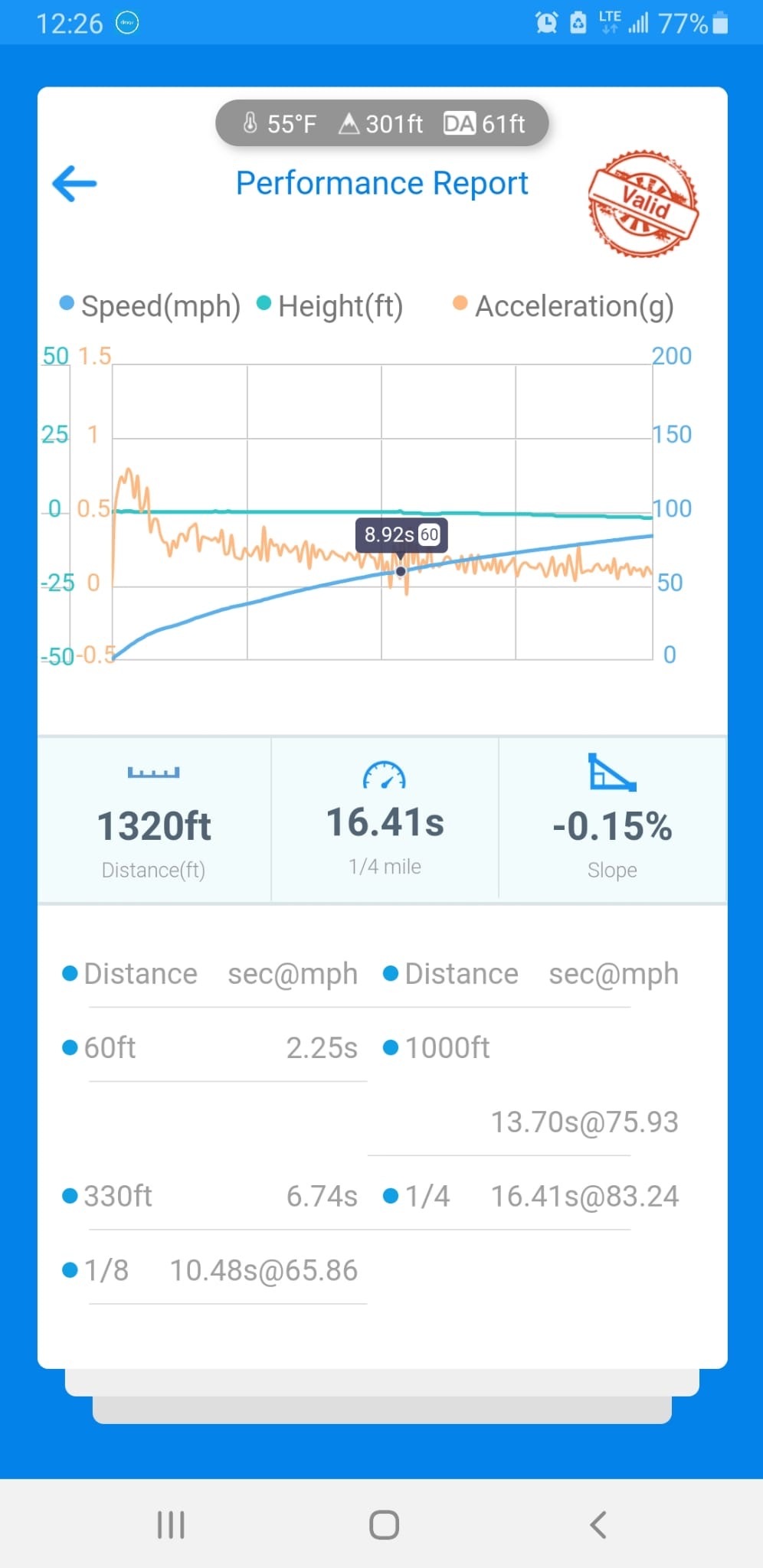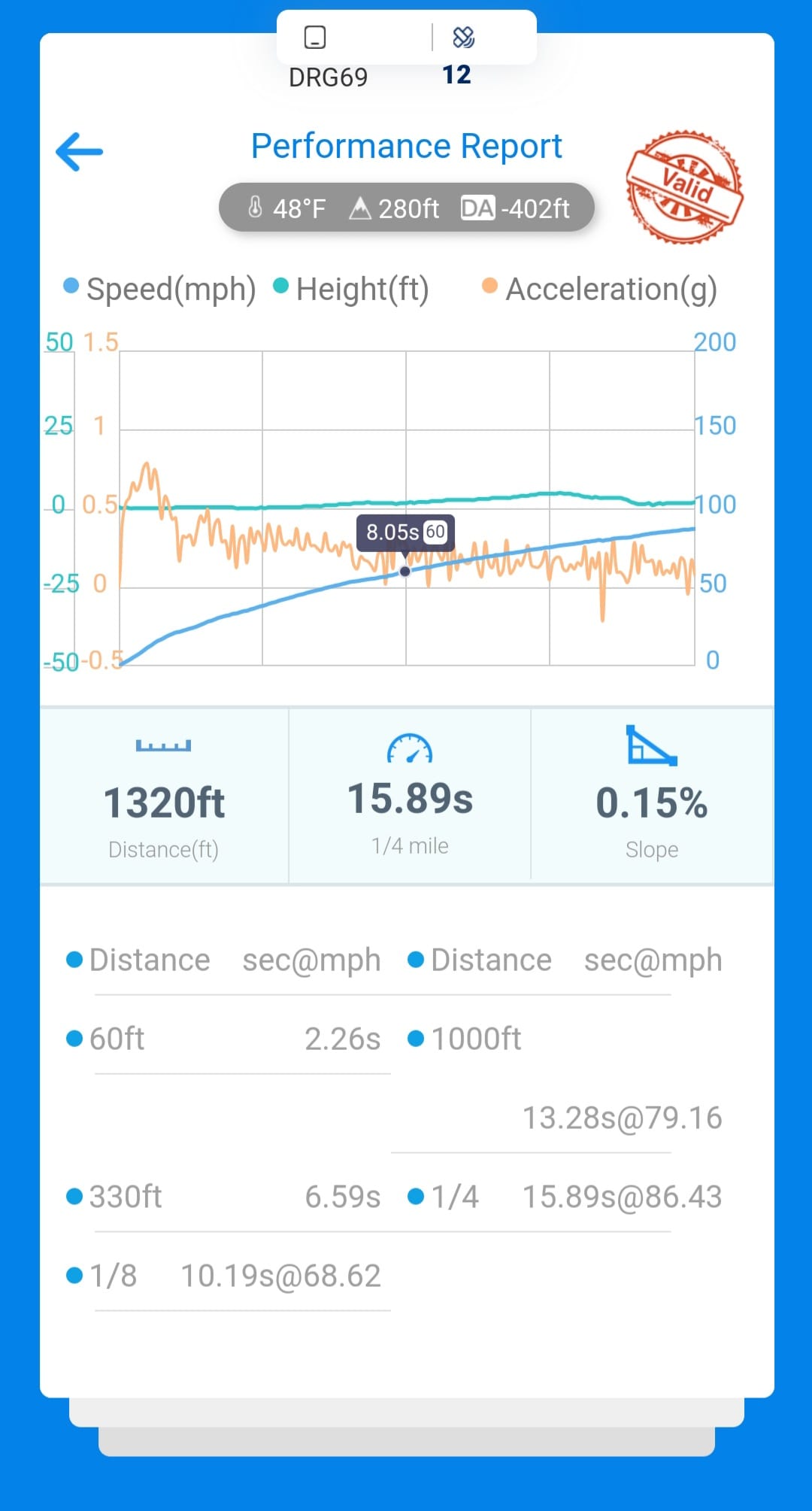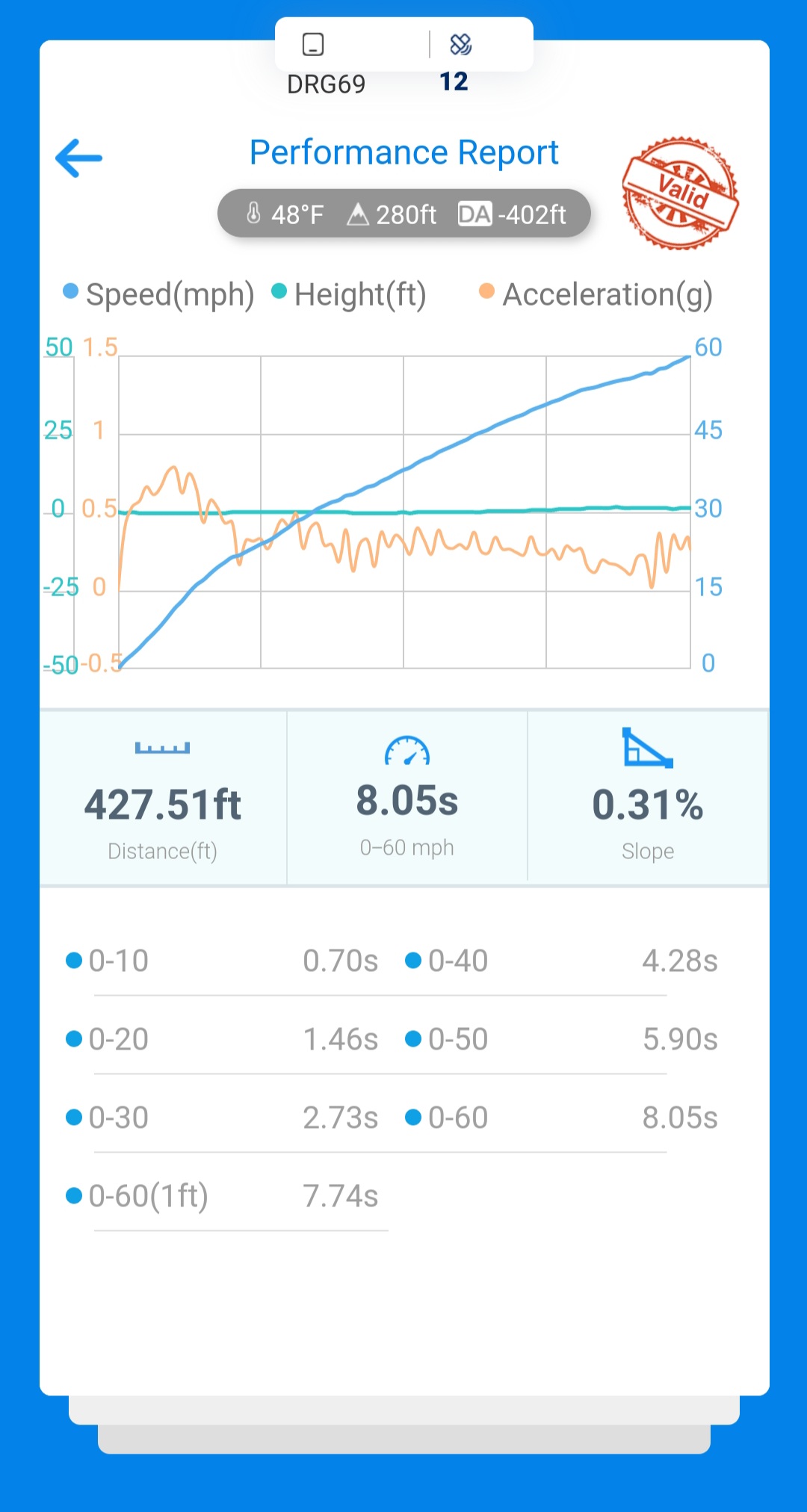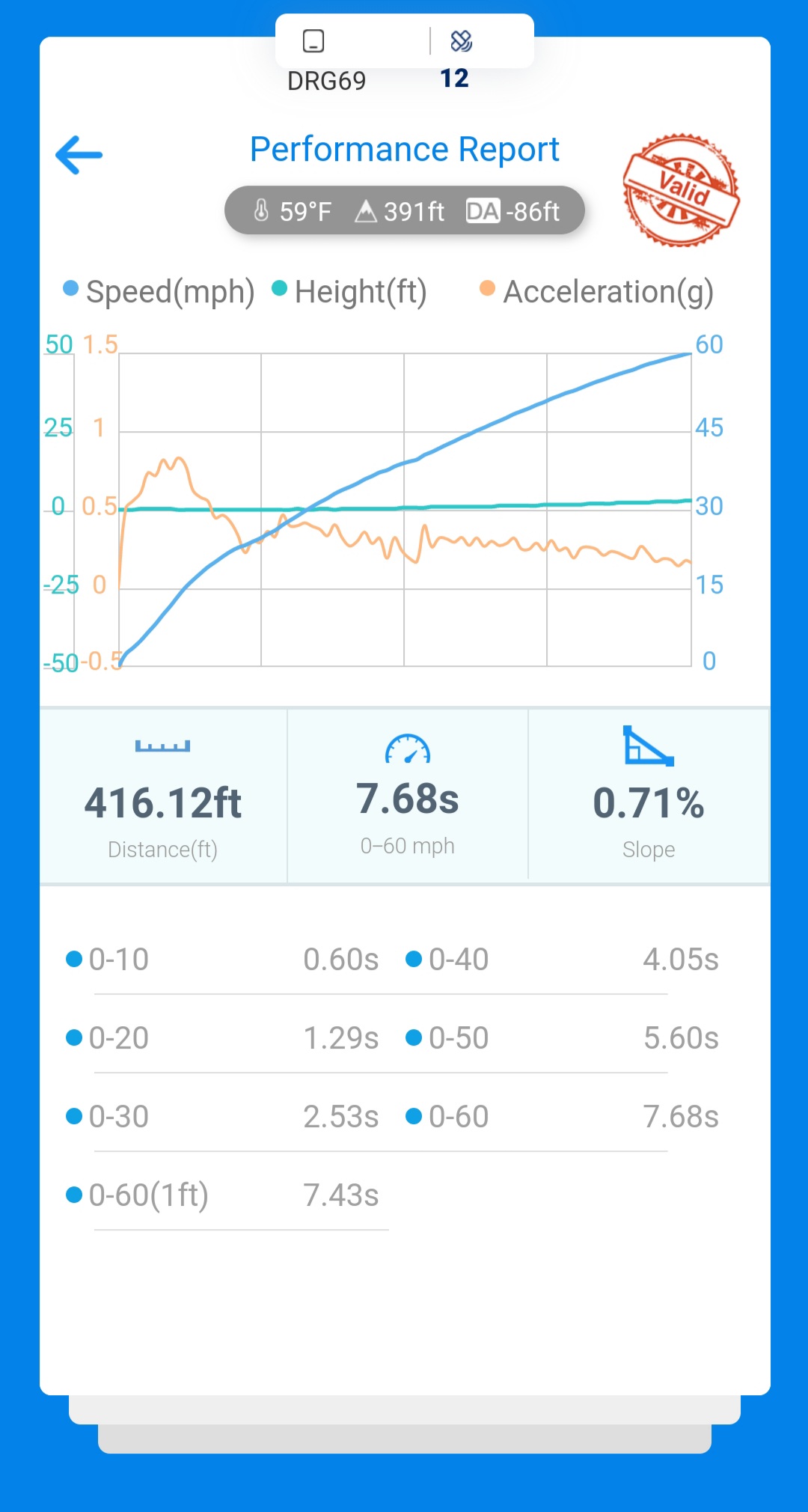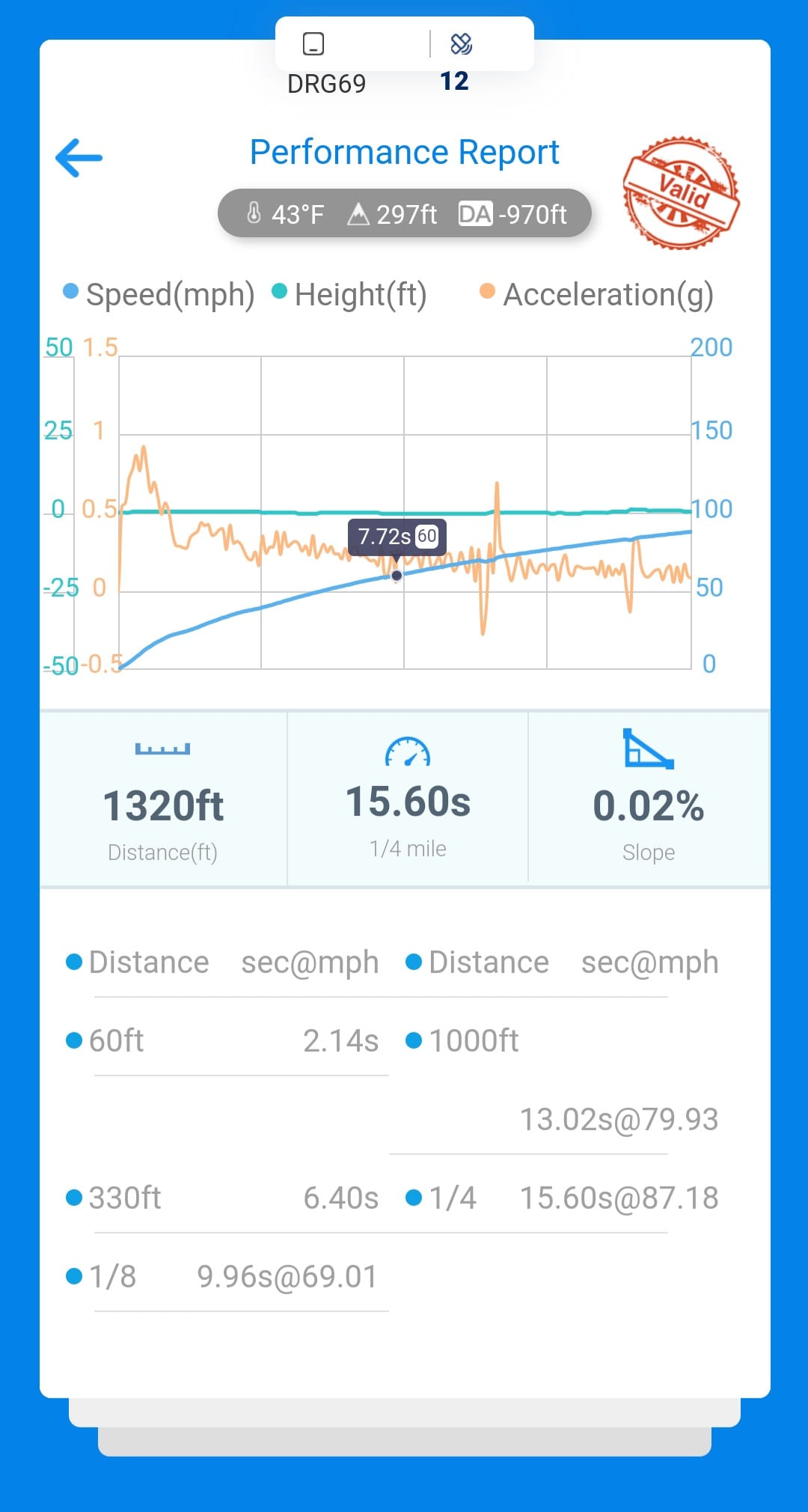Engines: Generation 1 CATA from 2009-2012 and Generation 2 CNRB, CPNB, and CPNA from 2013-2017
Transmissions: 6 speed Aisin, 8 speed Aisin, and ZF8 automatics
Software Options Included
Tuning Software
Tuning Cable
Exhaust Options
Block-Off Leak Testing Plates
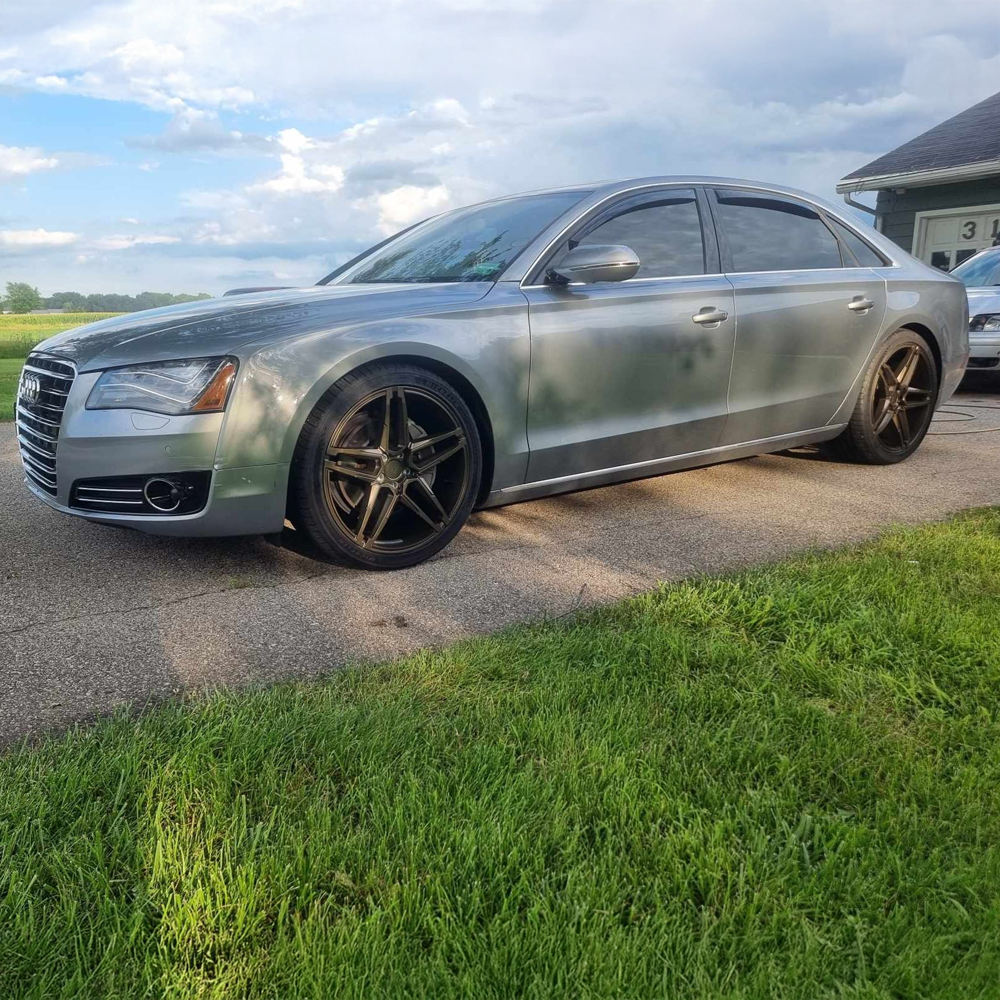
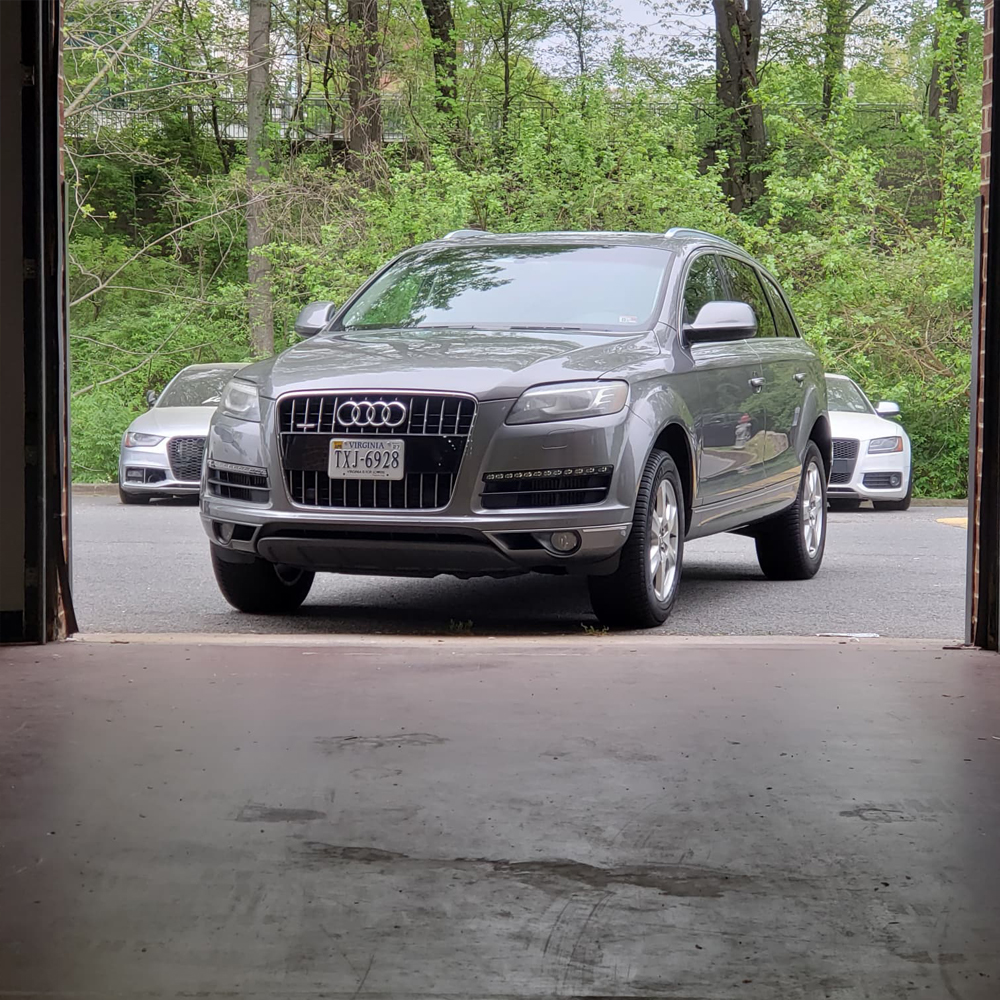
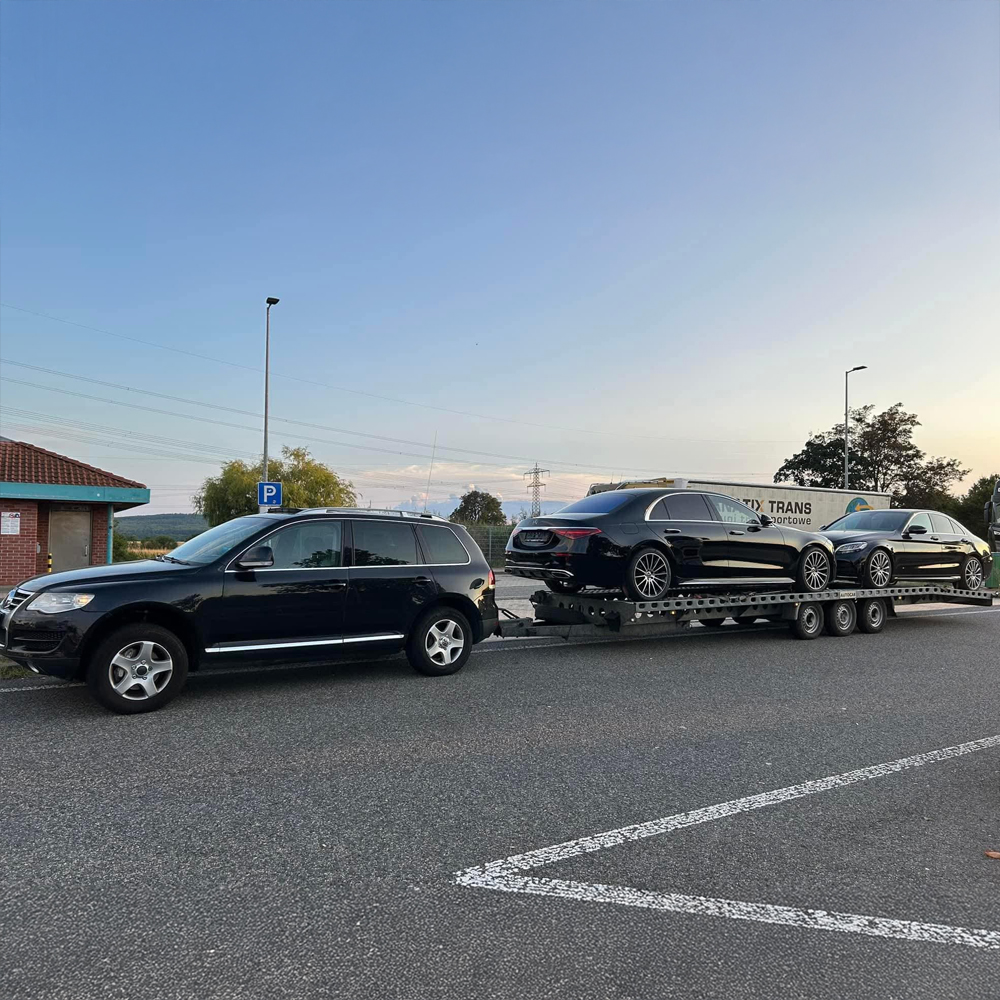
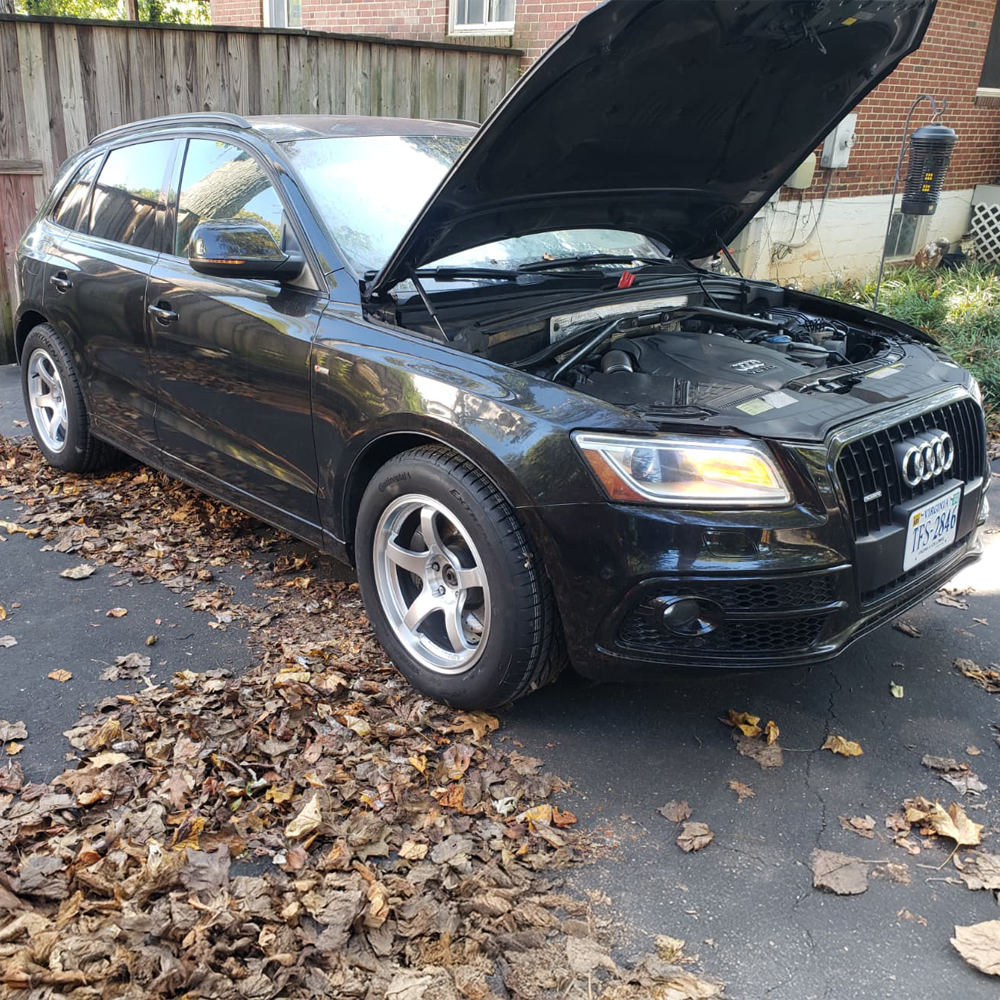
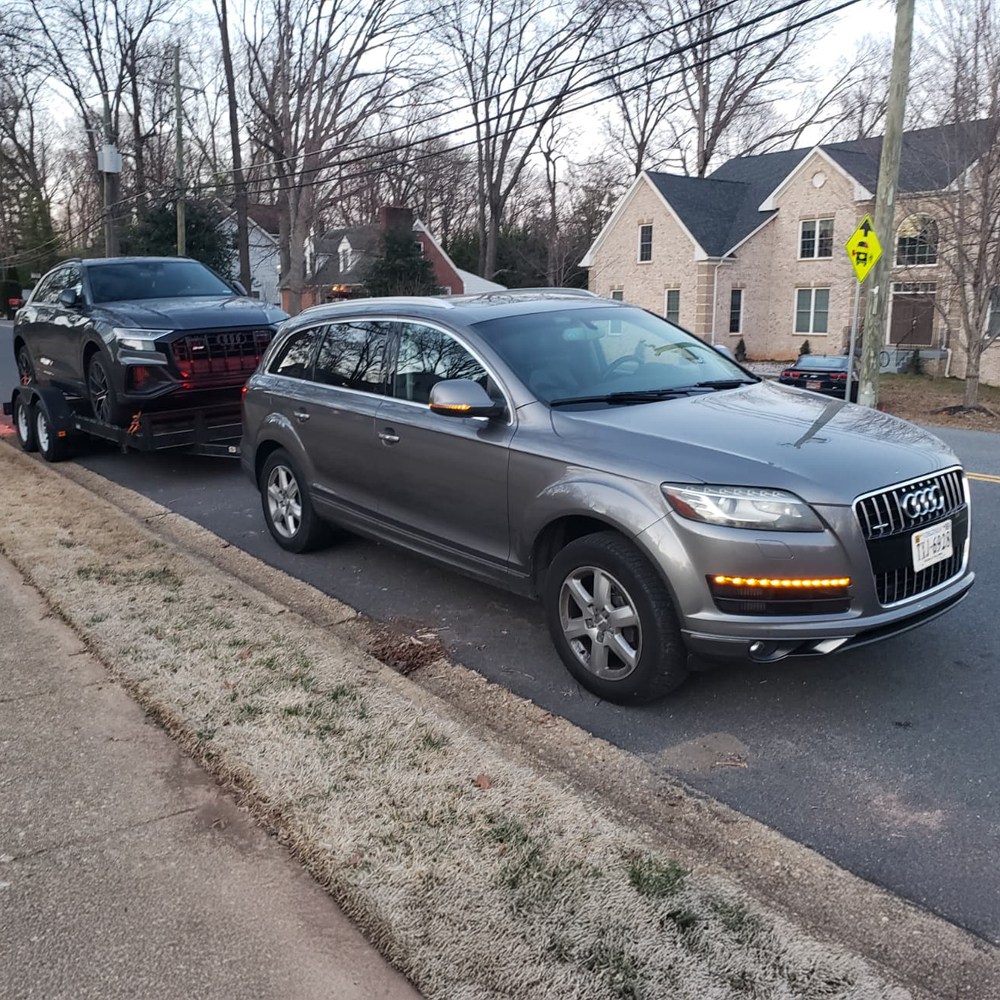
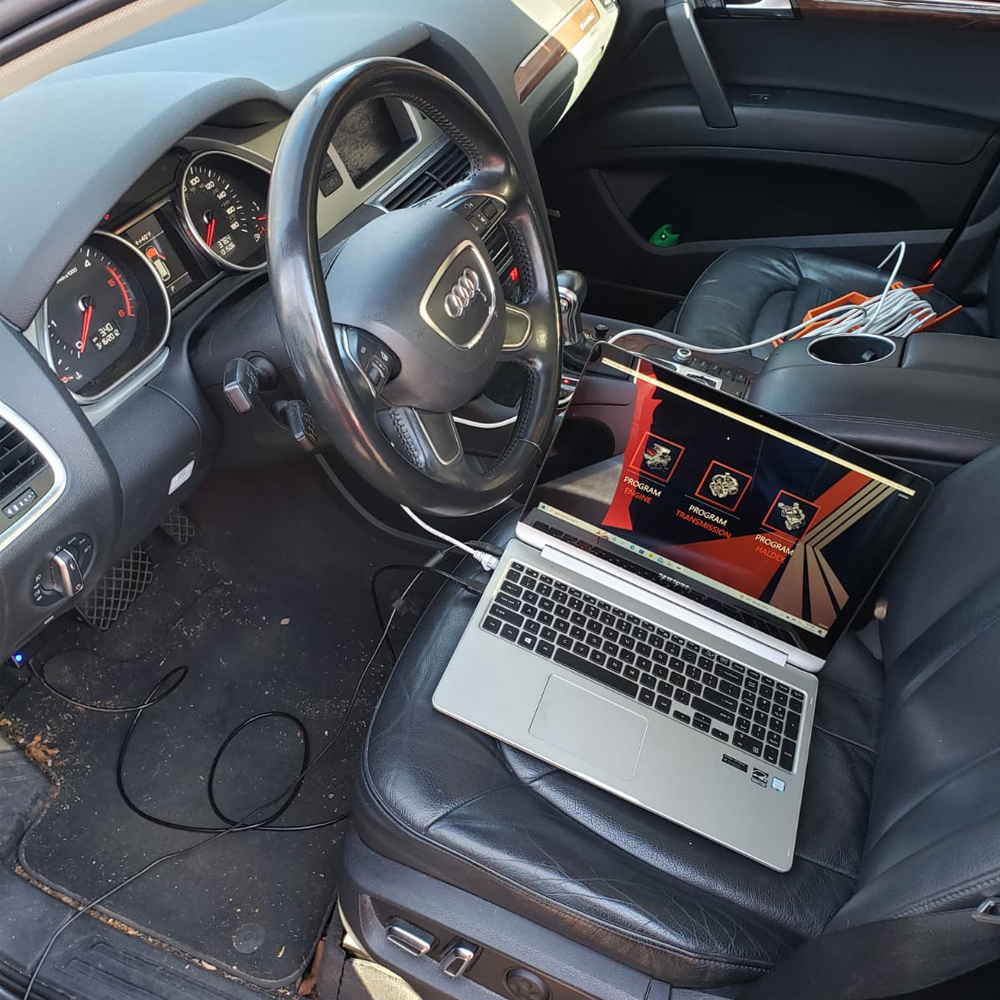
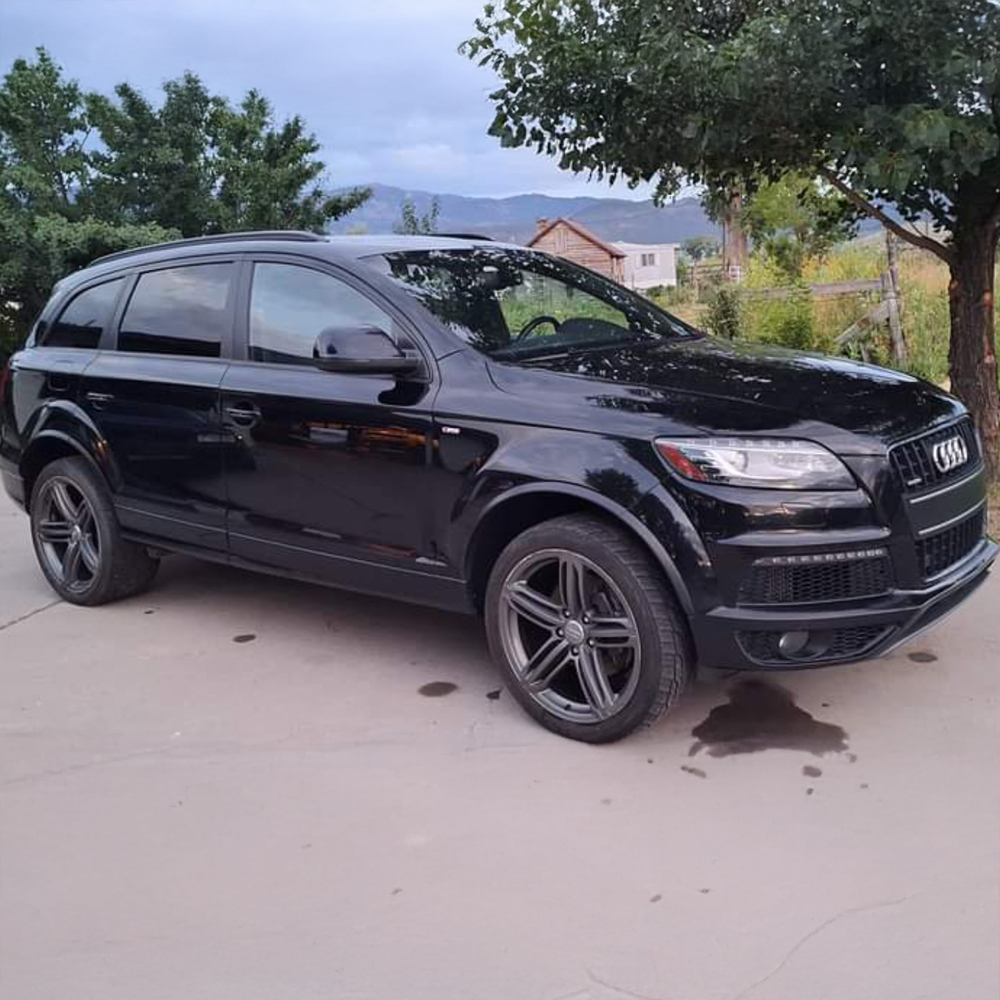
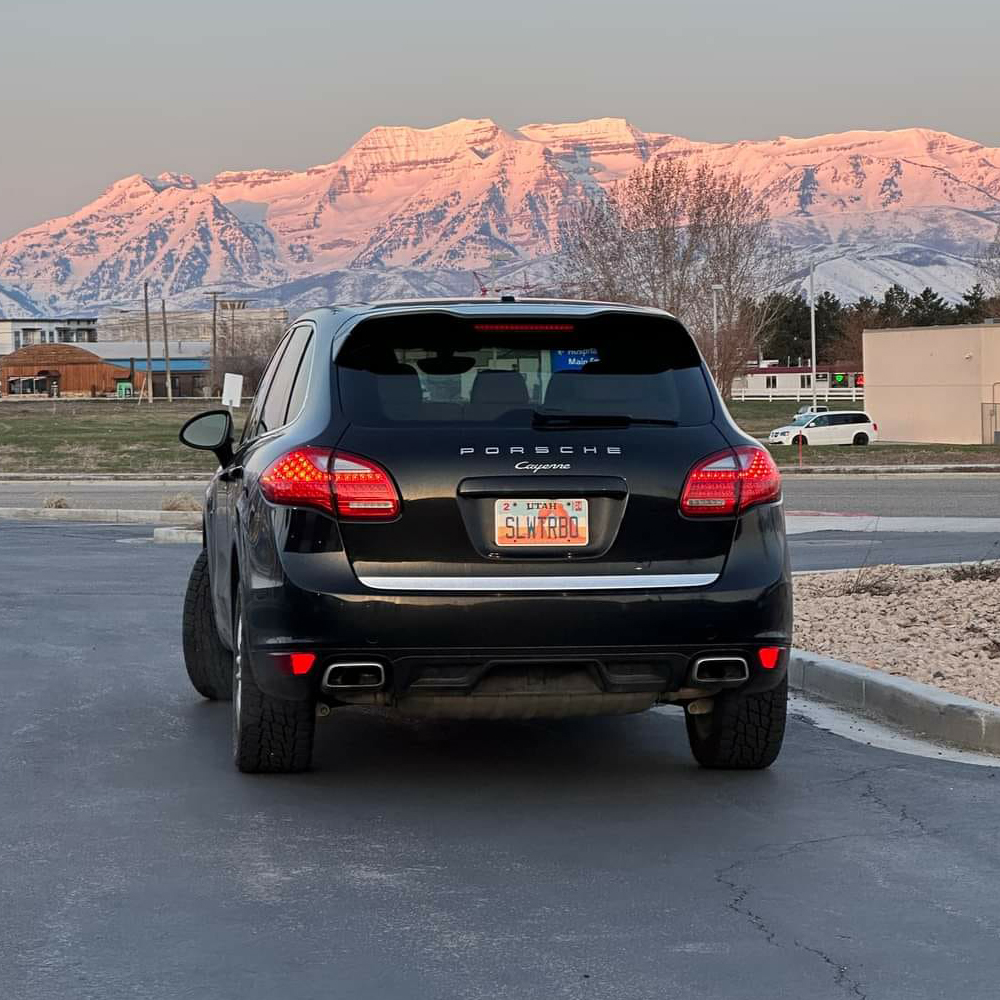
Overview Description:
Introducing the Oakes Performance Solutions 3.0 TDI Engine and Transmission Tunes.
These are the most reliable tunes that achieve much better fuel economy and offer amazing performance. We have perfected these tunes from years of refinement on our in house shop cars that include a 2012 Audi Q7 CATA TDI, a 2014 Audi Q5 CPNB TDI, a 2015 Audi A8 CPNA TDI, a 2013 Porsche Cayenne CNRB Diesel, and a 2015 VW Touareg CNRB TDI
All of our ECU/Engine and TCU/Transmission tunes are downloaded via the vehicle’s OBD2 Port with our proprietary tuning cable. The requirements to download our tunes are:
- Oakes Performance Solutions proprietary tuning cable.
- Windows based computer with ideally Windows 10.
- Stable internet connection via an ethernet cable connection or over WiFi.
- Battery charger or jumper cables to another running vehicle to keep the battery voltage above 12.6 volts for VWs/Audis or 14 volts for Porsches.
Our software supports aftermarket exhaust pipes, plates, and fluid hardware changes. Along with we are resellers of aftermarket brands like Nat Performance and Darkside Developments.
The 3.0 TDI V6 vehicles that we support with tuning are:
2009-2012 Audi Q7 with the CATA engines and 6 or 8 speed Aisin transmissions
2011-2012 VW Touareg TDIs with the CATA engines and 8 speed Aisin transmissions
2013-2017 Audi Q7, VW Touaregs, and Porsche Cayenne Diesel TDIs with the CNRB engines and 8 speed Aisin transmissions
2014-2017 Audi Q5, A6, A7, and A8 TDIs with the CPNB/CPNA engines and ZF8 transmissions
ECU/Engine Tuning:
Our Engine Control Unit tuning comes in a variety of different stages to accommodate the different performance requirements of our clients. We tune the engine with order of priorities starting with reliability, then fuel economy, and lastly performance. These engines pick up a LOT of torque and horsepower! Consult the below chart.
Reliability: We have multiple customers that have tuned their vehicles with over 400,000 miles and regularly drive 50,000-60,000 miles a year while towing trailers with only regular maintenance.
Fuel Economy: Most owners see a gain of 3-8 mpg better than before. Obviously that depends on driving habits, cruising speeds, maintenance to the vehicle, and any other modifications like taller tires than stock.
Performance: Our tunes allow these TDI vehicles to accelerate much quicker and faster than before because of our tuning strategies while keeping everything as safe as possible.
Our 2012 Q7 TDI that is the biggest, heaviest, and least powerful of the TDI vehicles sold in the USA went almost a second quicker 0-60 mph with our Stage 1 ECU and TCU tunes and almost 1.5 seconds quicker 0-60 mph with our Stage 2 ECU and TCU tunes than stock.
Then our 2014 Audi Q5 TDI ran high 13s in a 1/4 mile with our Stage 2 ECU and TCU tunes.
| Tuning Stage | 2009-2012 CATA Engines | 2013-2017 CNRB/CPNB/CPNA Engines |
|---|---|---|
| Custom Tailored | 400+ HP and 620+ FT-LBs of Torque depending on hardware modifications | 400+ HP and 620+ FT-LBs of Torque depending on hardware modifications |
| Stage 3.5 with 2566 Bigger Turbo | 368 HP/575 TQ | 386 HP/602 TQ |
| Stage 3.5 with 2260 Bigger Turbo | 332 HP/550 TQ | 373 HP/583 TQ |
| Stage 2.8 | 310 HP/520 TQ | 341 HP/532 TQ |
| Stage 2.2 | 301 HP/500 TQ | 333 HP/511 TQ |
| Stage 1.1 | 280 HP/480 TQ | 321 HP/493 TQ |
| Stock | 225 HP/406 TQ | 240 HP/406 TQ |
Performance Stages Explanation:
Custom Tailored ECU tunes: These are application specific tunes that require data logging with our Data Logger software for best results based on custom hardware changes. Most of these customers have built engines with head studs, custom reground camshafts, custom compound turbocharger setups, four or five bar map sensors, etc. Both the ECU and TCU have to be recalibrated for best results and prolonging the life of components for usually racing applications.
Stage 3.5 Big Turbo ECU tunes: These are our bigger turbocharger tunes to support the customers that have upgraded to a bigger Garrett or Darkside Developments 2260 or 2566 turbocharger. In our experience with testing on our shop cars; the 2260 is a much more responsive turbocharger for daily driving enjoyment, especially if city driving. As the bigger 2566 turbocharger is too big in our opinion for daily driving regularly below minimum highway speeds of 55 mph or 88 km/h. These tunes can puff smoke slightly under the first initial hard acceleration depending on the condition of the vehicle and maintenance performed. The transmission is tuned as well to match these ECU tunes.
Required hardware is a performance exhaust for all models and a bigger intercooler for the Q5, A6, A7, and A8 TDIs models. The bigger SUVs would strongly benefit from bigger side mount intercoolers like from a Porsche Cayenne Turbo S of the same time period or an aftermarket front mount intercooler. Unlike other companies we don’t need a four bar map sensor, MAF upgrade, metering valve upgrade, or higher fuel pressure sensor to achieve these results.
Stage 2.8 ECU tunes: These tunes go to the safe limit of the stock turbocharger and outperform most other companies’ stage 3 bigger turbocharger tunes in acceleration performance. These tunes can puff smoke slightly under the first initial hard acceleration depending on the condition of the vehicle and maintenance performed. All the cooling strategies for EGTs/exhaust gas, coolant, oil, and ATF temperatures are strictly monitored to keep everything as safe as possible with power reduced should the temperatures go too high. The transmission is tuned to match these ECU tunes.
Required hardware is a performance exhaust for all models and a bigger intercooler for the Q5, A6, A7, and A8 TDIs models.
Stage 2.2 ECU tunes: These tunes are our preferred tuning for towing and outperform most other companies’ stage 2.5 tunes in acceleration performance while being much safer. All the cooling strategies for EGTs/exhaust gas, coolant, oil, and ATF temperatures are strongly monitored to keep everything as safe as possible with power reduced should the temperatures go too high. The transmission is tuned to match these ECU tunes.
Required hardware – Stock or aftermarket exhaust and/or plates.
Stage 1.1 ECU tunes: These tunes are our introductory style tunes for an initial bump in performance that still outperform most other companies’ stage 2 tunes in acceleration performance while being much safer. All the cooling strategies for EGTs/exhaust gas, coolant, oil, and ATF temperatures are monitored to keep everything as safe as possible with power reduced should the temperatures go too high. The transmission can be tuned to match these ECU tunes but not required.
Required hardware – Stock or aftermarket exhaust and/or plates.
TCU/Transmission Tuning:
Our Transmission tuning really sets us apart from our competitors and is where a lot of the magic happens. Below are the benefits of our TCU tuning:
- We shift the transmission smoother, quicker, and at better engine rpm points for the performance and torque expected based on our different stages of ECU tuning as a matched set for the best reliability, better fuel economy, and amazing performance!
- The Drive mode and Sport mode of the transmission retain the difference in feeling. Drive is meant for cruising as Sport is meant for driving quickly. Many other companies simply force every mode into Sport mode. Which can be very annoying when trying to drive gently around town.
- The EGTs/Exhaust Gas Temperatures stay cooler by keeping the engine in its most efficient rpm ranges.
- Towing is so much smoother with our TCU Tuning and we optimize the transmission fluid cooling to handle the heavier loads even in high desert summer temperatures.
- Our Stage 1 TCU tune is meant to work well with other companies’ ECU tunes just in case the owner already decided to use a different company’s ECU tune prior to learning about Oakes Performance Solutions.
- Other companies need VCDS changes in addition to their tcu tunes for any feeling change, especially with the bigger SUVs.
- A lot of customers have reported that our TCU Tuning has specifically cleared up any odd shifting between 2-3 gears and 3-4 gears. Along with any hesitation when going on, off, and back on the accelerator pedal in traffic has disappeared after downloading our TCU Tuning.
- We have multiple customers switch to our TCU Tuning because other companies’ tcu tunes would cause a limp mode of the transmission.
AdBlue/DEF Concerns:
We have software solutions for the Adblue system and aftermarket DEF/Diesel exhaust fluids.
Everyday we get multiple phone calls, emails, and messages through social media platforms about failing AdBlue systems. Typically a failing AdBlue light will cause warning lights to appear on the dash stating “AdBlue system fault. Engine will not Restart after 600 miles.” The AdBlue pump failing on our 2012 Audi Q7 CATA TDI was actually one of the main reasons why we started tuning these 3.0 TDI V6 engines years ago. At the time, Audi did not have any replacement pumps and was working on producing replacement units but my Q7 and a lot of our customers’ Q7s would have become yard ornaments because the engine wouldn’t restart after the mileage limit ran out. We decided to resolve this issue and have helped a ton of customers.
These systems have issues with the following components:
AdBlue fluid/DEF/Reductant agent, pump, tank level sensor, heater element, pressure sensor, tank temperature sensor, injector
NOx Sensors 1 or 2,
SCR/Secondary Catalyst Reduction pipe
A lot of customers call us when they see the following fault codes:
| Code | Description |
|---|---|
| P207F | Reductant Quality Performance |
| P20F4 | NOx Reductant Consumption Too Low |
| P2047 | Reductant Injector Bank 1 open circuit |
| P208A | Control circuit for reductant pump 1 open circuit |
| P203A | Reductant level sensor electrical malfunction |
| P204A | Reductant pressure sensor circuit electrical malfunction |
| P205A | Reductant tank temperature sensor electrical malfunction |
| U209D | No Communication with NOx Sensor 1 |
EGR/Exhaust Gas Recirculation Concerns:
We have software solutions for the EGR system. Those solutions include a testing procedure of unplugging three electrical connectors listed below to test for leaks.
Multiple times a week we get phone calls, emails, and messages through social media platforms about failing EGR and ASV systems. These systems can cause the following issues:
- Warning lights on the dash including the Check Engine light and Glow Plug light with fault codes stored.
- Odd and unpredictable engine running operation including shaking and surging especially at highway speeds.
- Intake, exhaust, and coolant leaks. Occasionally I have seen coolant consumption from the EGR heat exchangers leaking coolant into the intake system.
- Nasty carbon buildup from the oil circulated via the PCV system into the intake system then being cooked to the intake manifold/s and intake ports/valves of the cylinder heads from the hot exhaust gasses being recirculated into the intake system. This also causes the ASV/Anti-Shudder Valve to stick intermittently that results in surging at highway speeds as well.
- Prolonged engine temperature warm up periods from cold start.
Dynamic EGR is now included on any tunes that “adjust” the EGR system to promote longevity of the components.
The three electrical connectors to disconnect for the CATA Engines are on top of the engine and described from the right/passenger’s side of the engine then towards the left/driver’s side of the vehicle.
- Orange two pin connector on top of the right/passenger’s side intake manifold swirl flap electric motor.
- Grey six pin connector in the middle of the engine that connects to the top of the EGR valve itself.
- Black two pin connector for the vacuum solenoid valve that is directly to the right and next to the Grey six pin connector for the EGR valve itself.
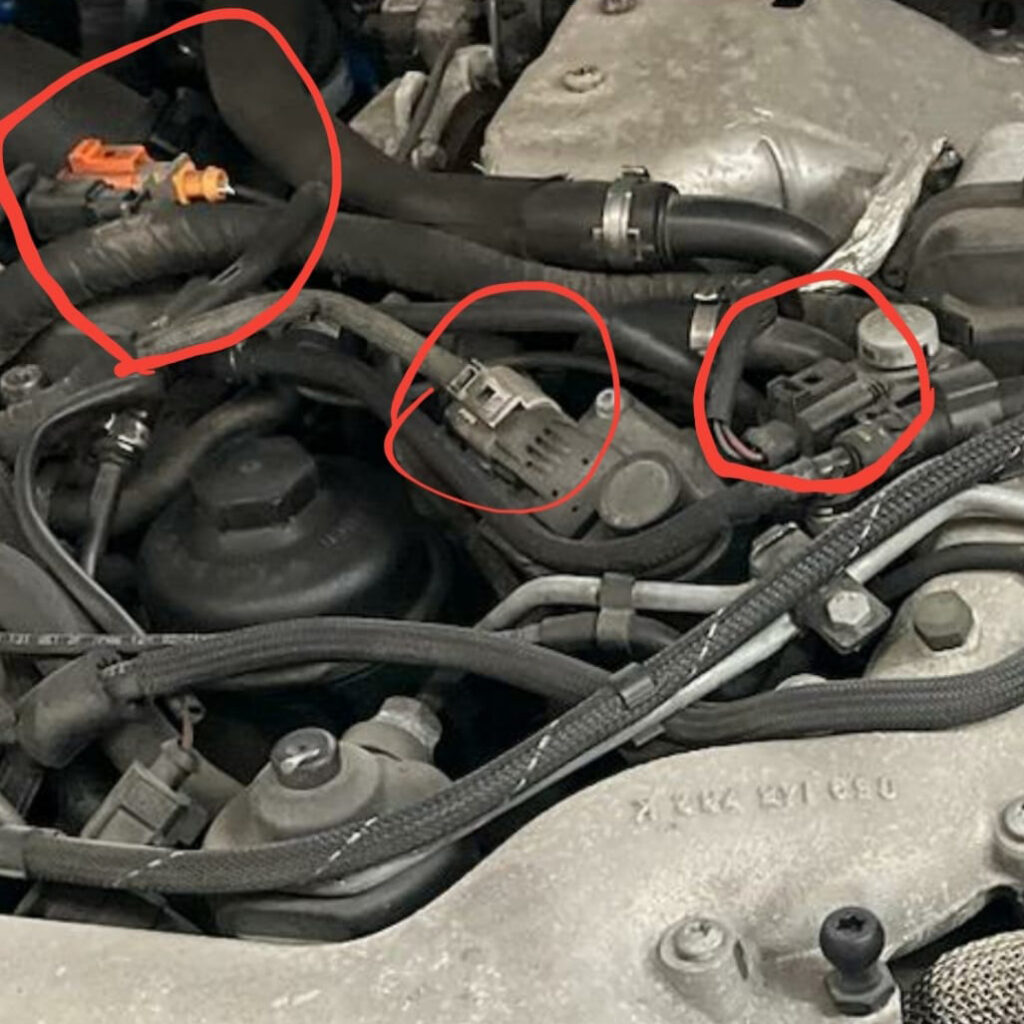
The three electrical connectors to disconnect for the CNRB/CPNB/CPNA Engines are on top of the engine and described from the right/passenger’s side of the engine then towards the left/driver’s side of the vehicle.
- Orange two pin connector that is on the front of the right cylinder head by the fuel rail with the fuel pressure regulating valve.
- Black two pin connector that is on the front middle portion of the engine just underneath the big black plastic intake manifold.
- Grey six pin electrical connector that plugs into the top of the EGR valve itself that is located in between the back of the intake manifold and the turbocharger. Typically most people use a long 90 degree pick to loosen this electrical connector because it is buried and hard to reach by hand.
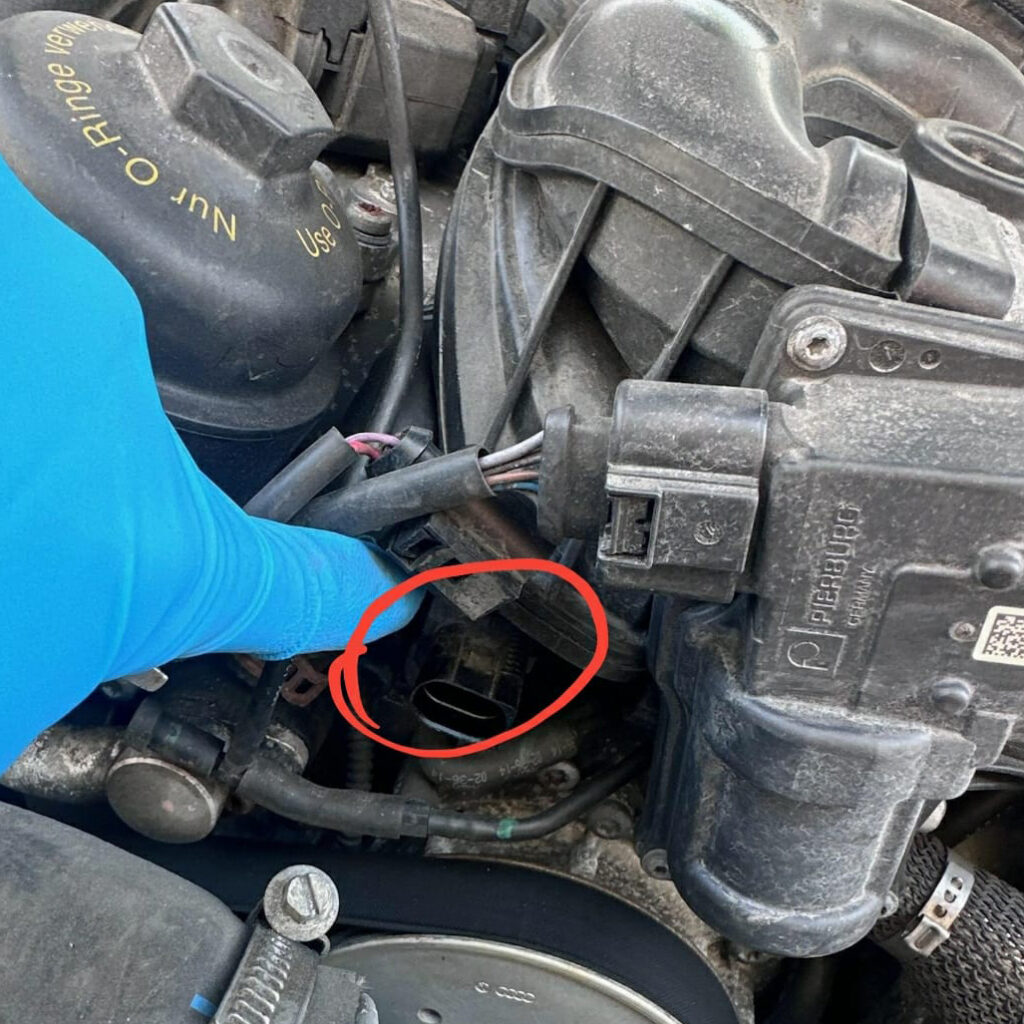
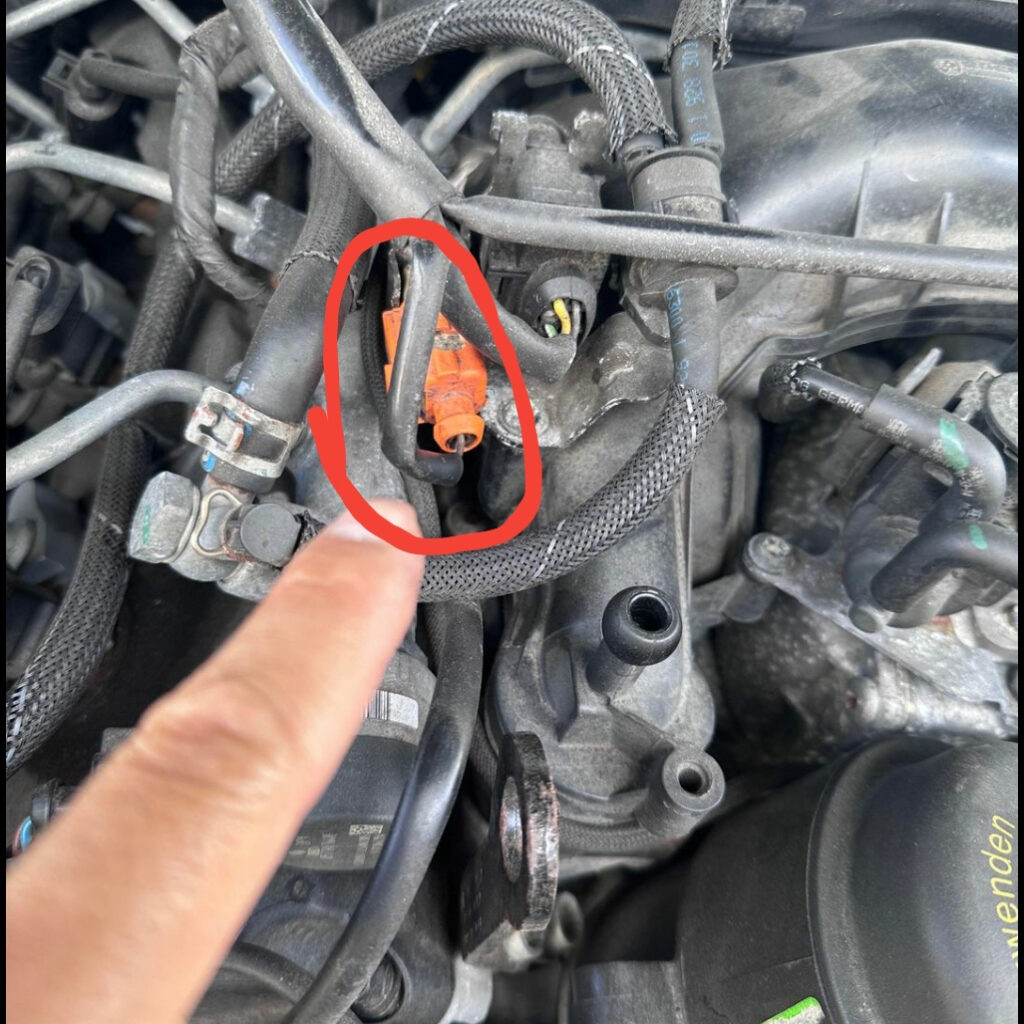
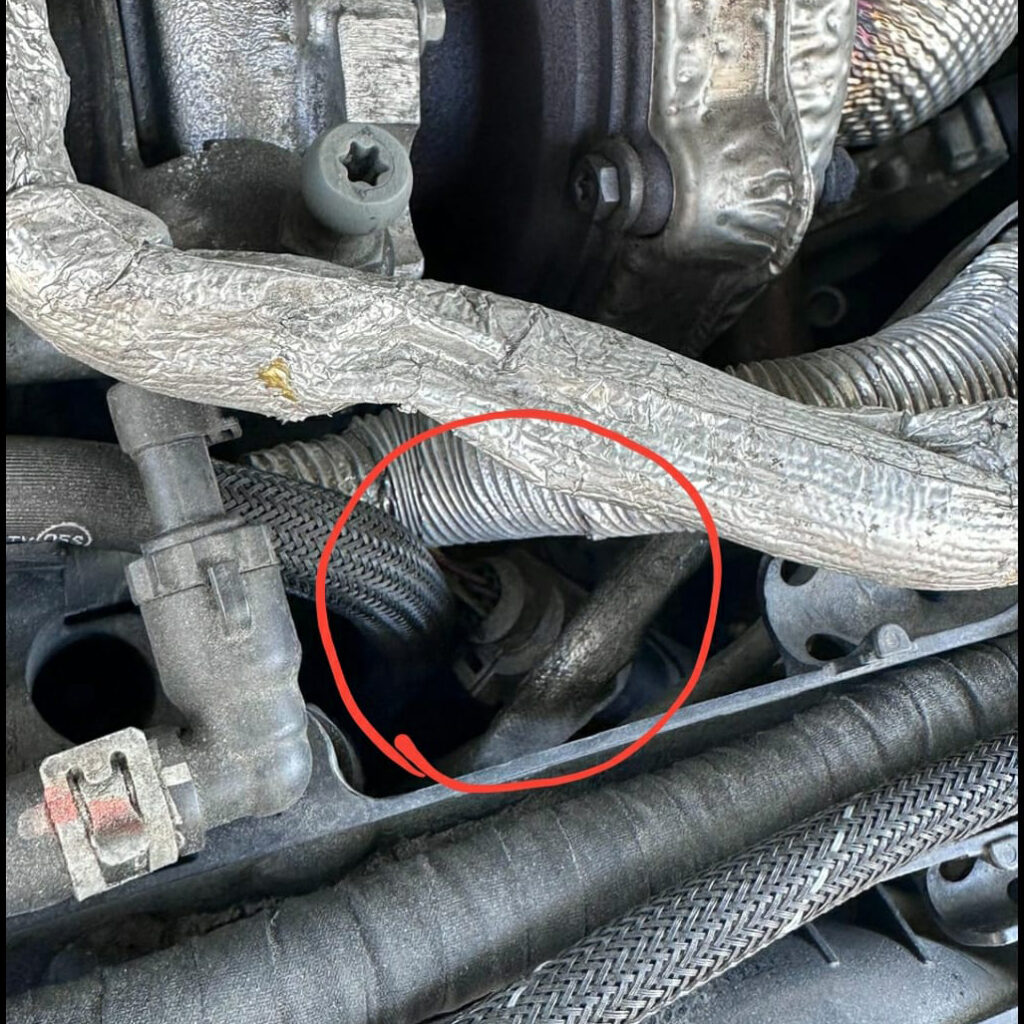
Typically most customers that see fault codes for these EGR and ASV systems will see one or more of the following fault codes:
| Code | Description |
|---|---|
| P040D | EGR temp sensor 1 signal too high |
| P0404 | EGR valve A circuit range/performance |
| P0405 | EGR sensor signal too low |
| P1440 | EGR valve (N18) open circuit |
| P2100 | Throttle Actuator control circuit open circuit |
| P2101 | Throttle Valve Actuator control system malfunction or range/performance |
| P2425 | Exhaust gas recirculation cooling valve control open circuit |
| P261A | Coolant pump 2 open circuit |
| P1927 | Relay for Aux coolant pump (J496) open circuit |
DPF/Diesel Particulate Filter Concerns:
We have software solutions for the DPF.
Usually these TDI vehicles around 140K miles start having issues with the DPF/Diesel Particulate Filters. Which fits for these DPFs are considered a maintenance item at 140K miles or 225,000 km by Volkswagen, Audi, and Porsche that need to be regenerated or cleaned out at every service until the ash content is too high. Some customers have contacted us with vehicles that have had failures with as little as 60K miles but usually those vehicles are not driven on the highway enough to result in passive regenerations of the DPF where it cleans itself. Other customers have driven over 200K miles on the original DPF because they lightly cruise on the highway every day at 55-70 mph for hours. We made a very informative YouTube video about the DPF below:
Our offroad customers in certain countries across the globe will run aftermarket exhausts and we support those customers with software solutions.
- The DPF related components that most owners experience issues with include:
- DPF/Diesel Particulate filter
- DPF differential pressure sensor
- Exhaust gas temperature sensors 3 and 4
- DPF particulate matter sensor
Most people with DPF fault codes will see the following codes:
| Code | Description |
|---|---|
| P226D | Diesel Particulate Filter (Bank 1) Damaged or Substrate Missing |
| P2002 | Diesel Particulate Filter Efficiency Below Threshold |
| P2463 | Diesel Particulate Filter Restriction – Soot Accumulation |
| P242F | Diesel Particulate Filter Regeneration Incomplete |
| P244A | Diesel Particulate Filter Differential Pressure Too Low |
| P2458 | Diesel Particulate Filter Regeneration Duration |
| P2459 | Diesel Particulate Filter Regeneration Frequency |
| P246C | Diesel Particulate Filter – Soot Accumulation for Bank 1 |
| P2452 | Diesel Particulate Filter Pressure Sensor Circuit Low |
| P2453 | Diesel Particulate Filter Pressure Sensor Circuit High |
